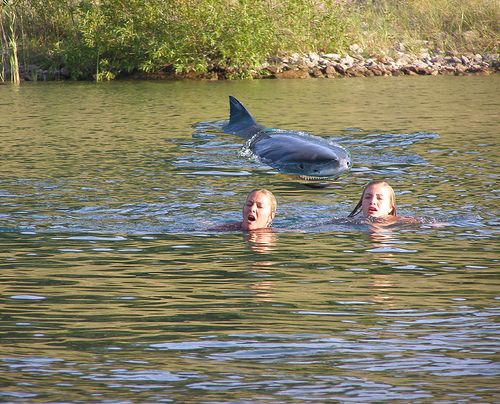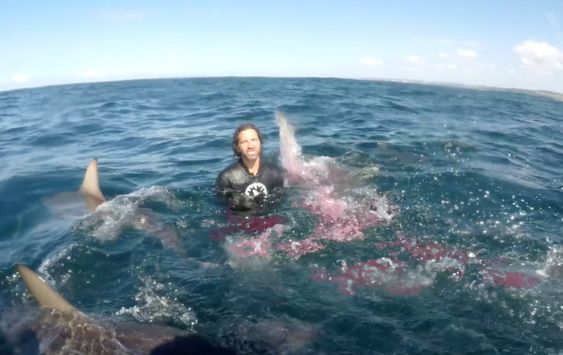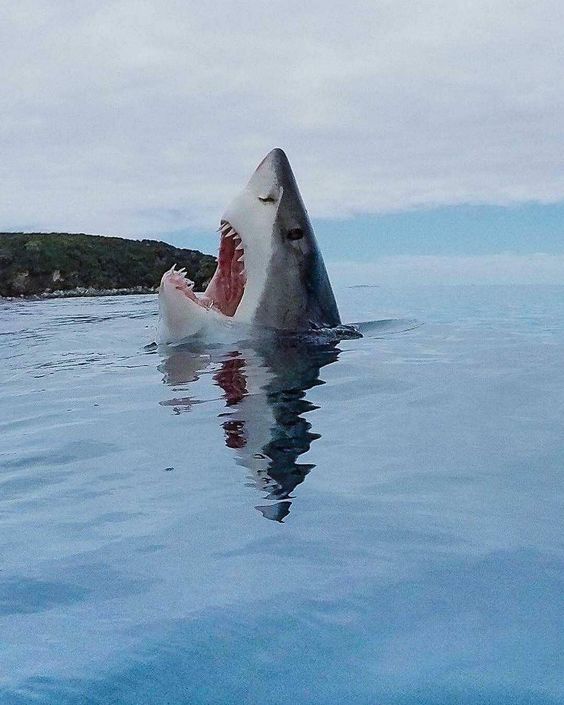The great white sharks, known by various names such as great whites, white pointers, white sharks, or white death, are the most terrifying and feared predators of the ocean. They can be found along the coasts of Australia. Great white sharks typically measure between 3.5 to over 5 meters (11.5 to 16+ feet) in length and weigh an average of 1,300 kg (2,870 pounds) or more. These sharks have a grayish color on the upper part of their bodies and white underneath. The largest reliably measured great white shark was an individual of 6.0 meters (19.7 feet) reported from Ledge Point, Western Australia, in 1987. However, an even larger specimen measuring 6.4 meters (21 feet) in length and weighing approximately 3,324 kg (7,330 pounds) was verified by TC Tricas and J. E. McCosker in 1984. Another unconfirmed report claims that a great white shark captured near Kangaroo Island, Australia, in April 1987, is estimated to be over 7 meters (23 feet) long.





Australia has witnessed 195 known fatal shark attacks. In July 1945, over 900 men aboard the U.S. warship USS Indianapolis, carrying crucial components and enriched uranium for the “Little Boy” atomic bomb later dropped on Hiroshima, were stranded in the Pacific Ocean after the ship was split in two by Japanese torpedoes. When rescuers arrived four days later, they discovered that 579 men had died, many of whom had been mutilated by circling sharks.



